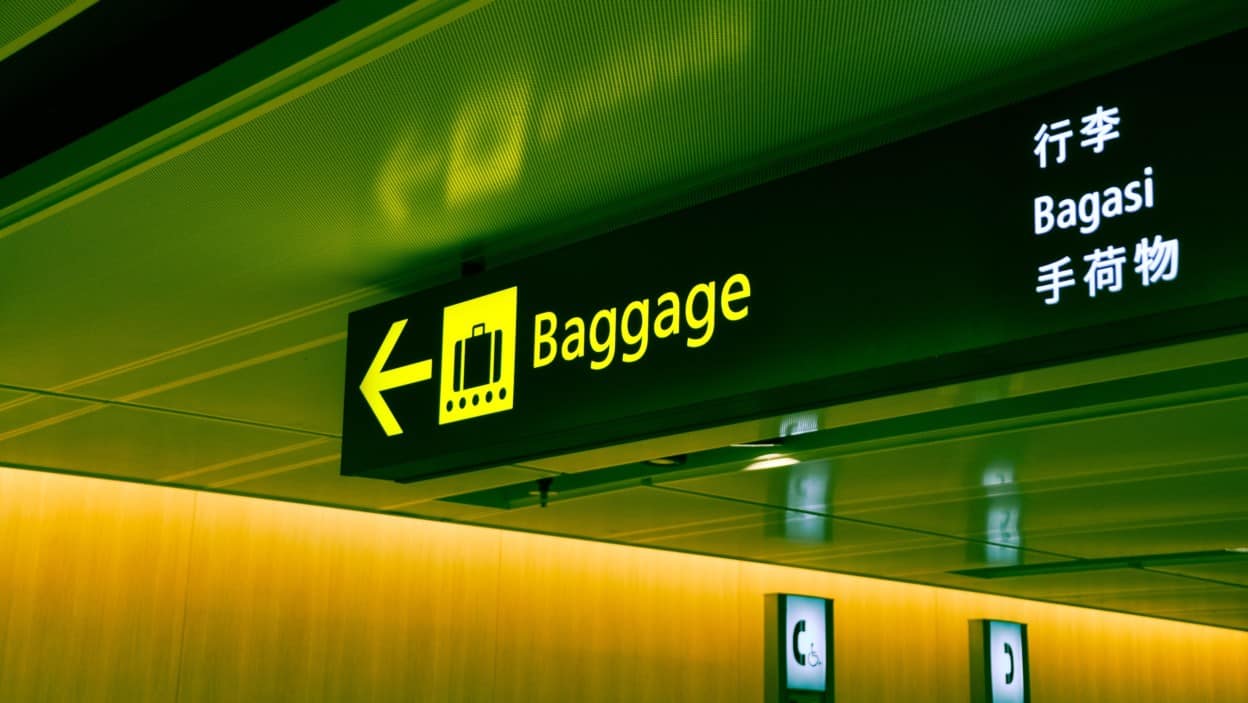At NOBL, a “check-in” is one of our favorite rituals—in fact, it’s rare for us to run a meeting without it. At the beginning of the meeting, we simply ask every participant, “What are you bringing with you?” Think of it as a structured replacement for the first 10 minutes of every meeting (if not longer) that’s spent in small talk. It’s not for setting the meeting agenda—it’s about getting present, offloading any distractions, and pressing ahead. This accomplishes five goals:
- Fostering Safety. Psychological safety is the shared belief between you and your teammates that the team is a safe place to take personal risks, such as introducing a new idea or sharing bad news. Decades of social science research has shown that teams that have high levels of psychological safety are substantially more creative, more likely to achieve their goals, learn faster, and suffer less groupthink.
- Cognitive Offloading. Using the “check-in” to offload a concern you have coming into the meeting can reduce the cognitive demand it has on you, and increases your focus and performance for the meeting at hand.
- Anticipating Miscommunications. Taking the time to hear where others are coming from helps everyone reflect on how they communicate with others. For example, if Mark shares that he’s exhausted from spending the night at a hospital with a sick family member, you might reschedule a difficult feedback conversation for another day.
- Priming Contributions. The healthiest meetings encourage “equality of voices.” Creating a moment at the top of a meeting for your most introverted members to contribute will set the expectation that everyone speaks up.
- Saving Time. Check-ins take the place of the usual free-form chit-chat that happens at the head of meetings, and by giving it structure, keeps meetings starting on time.
How to Run a Check-In
If you want to introduce check-ins to your team, try the following:
- Introduce the concept and science of check-ins to your team. Until you’ve all gotten the hang of it, remind your team that the purpose of this practice is to develop psychological safety, and with it, increase team performance.
- Start by sharing something meaningful as your own check-in. Your check-in sets the tone for everyone else, so be open but brief. Here are a few examples of the range of answers:
- Professional. “I have a big presentation after this meeting and I can’t stop running through it in my head.”
- Personal. “It was my birthday this past weekend!”
- Biological. “Fair warning everyone… it’s right before lunch and I’m feeling a little hangry.”
- Logistical. “Apologies for needing to check my phone; I have a sick kid who may need to come home from school.”
- Silly. “I just noticed I’m wearing two different color socks today. Oops!”
- Call on individuals around the room to give their check-in. Get them started by asking, “What are you bringing with you?” If your team is remote, it’s better to use video. Don’t let others get away with a non-answer (e.g. “I’m great!”).
- If someone does get emotional during their check-in, thank them, and remind everyone that vulnerability is an important part of being a leader. Follow up individually if you hear something that needs more time and attention.
- Try it for a month. This practice was sourced from the world’s highest-performing teams, but at first, it may seem strange or uncomfortable. Give it some time: the more you do it, the easier it becomes, and before you know it, you’ll be checking in instinctively.
- If you have back-to-back meetings, you don’t have to do a check-in every single time—just a couple times a day to be effective.
If you have a larger meeting (more than 10 participants), you can still hold a check-in, but use a different format:
- Pair or Triad. Ask participants to partner with people around them and share their check-ins. Give everyone three to four minutes to share back and forth, and then have a few people share with the room at large.
- Fist to five. Ask the room “How are you on a scale of 1 to 5?” and instruct them hold up fingers—1 finger being not so great, all five fingers being great. On your count, have everyone reveal their number at the same time.
- One word. Instead of a one-sentence check-in, limit meeting participants to one word.
- Doodle. Give everyone one minute to draw their current state on a piece of scratch paper or in a notebook. On your count, have everyone reveal their drawing at the same time.
Finally, professional norms are very linked to culture, so yes, a check-in might sound very different in Beijing compared to New York. However, regardless of geography, there is always value because it gives people permission to connect in a very quick way that makes the following conversations more productive. In fact, check-ins are particularly useful if you have people joining from different time zones, as it’s a moment to align before the work begins.








The Evolutionary Edge
Every Link Ever from Our Newsletter
Why Self-Organizing is So Hard
Welcome to the Era of the Empowered Employee
The Power of “What If?” and “Why Not?”
An Adaptive Approach to the Strategic Planning Process
Why Culture/Market Fit Is More Important than Product/Market Fit
Group Decision Making Model: How to Make Better Decisions as a Team